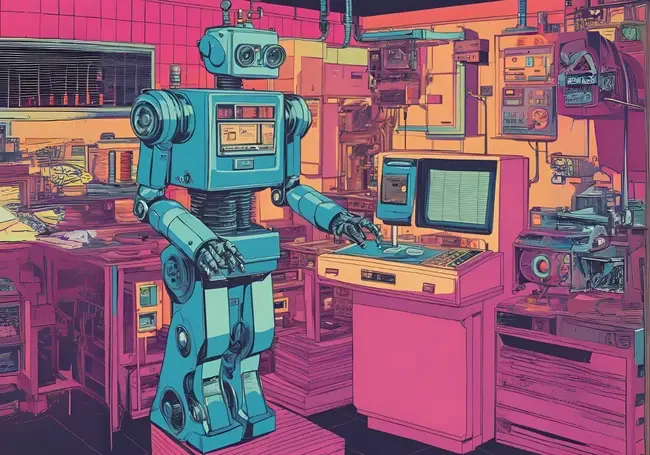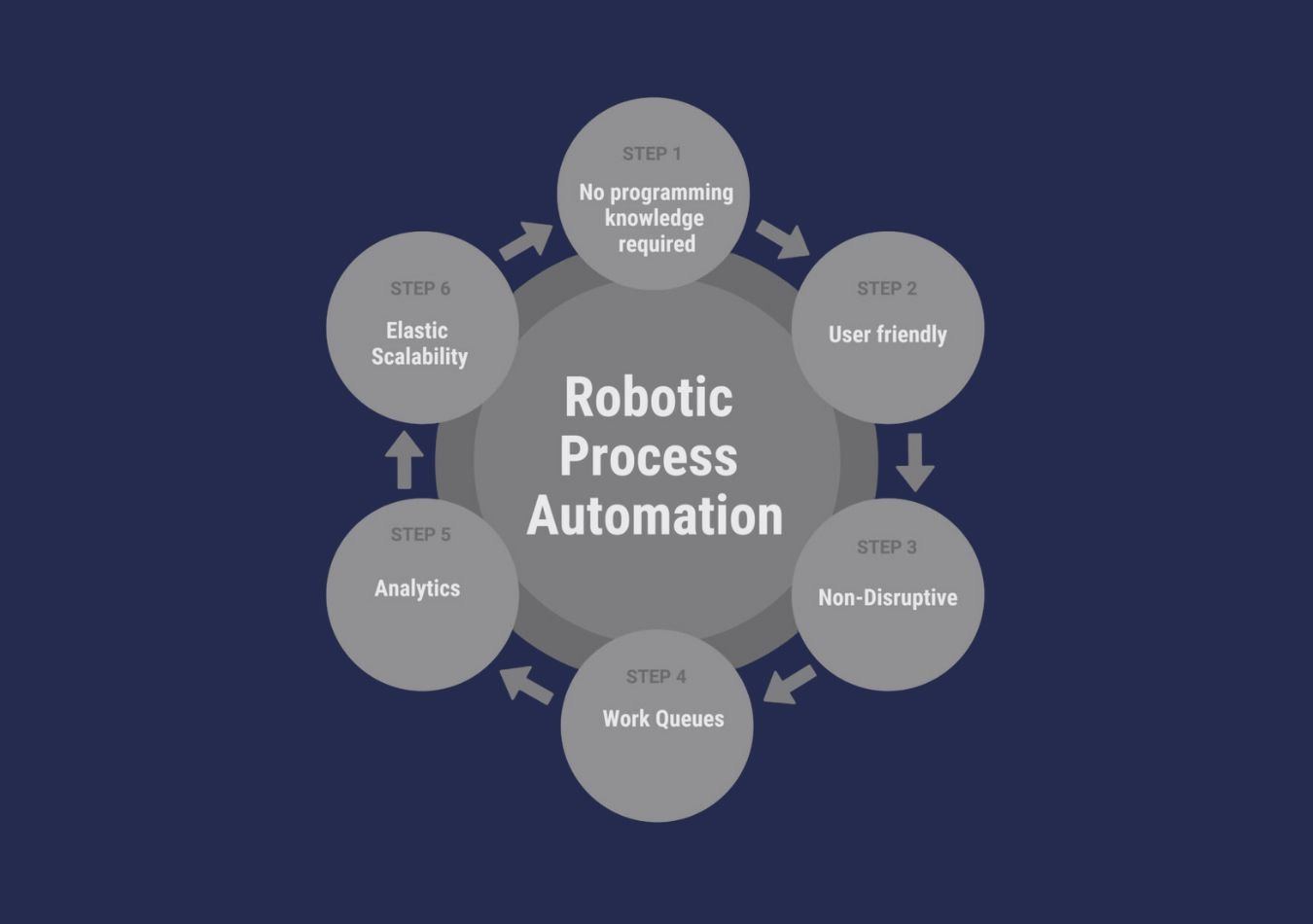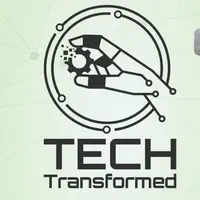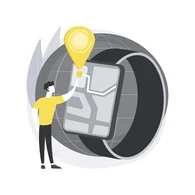
If Machine Learning (ML) conjures images of a dystopian future—think 1984 meets The Matrix —then robotic process automation (RPA) might feel like the moment machines seize control with ruthless precision. However, the reality is far less dramatic and much more practical.
RPA is a type of process automation that enables users to program robots or "bots" to execute predefined instructions. These bots can mimic nearly all human-computer interactions, performing a wide range of tasks with speed, accuracy, and efficiency.
RPA tools are developed to handle some of the most repetitive and mundane computer-based tasks in the workplace. Think of copying and pasting data, moving files between locations, or automating routine processes.
In this article, we’ll delve into what RPA is, its benefits, how its software can streamline workflows, and why businesses embrace this technology to stay competitive.
What is Robotic Process Automation (RPA)?
RPA also referred to as software robotics, uses advanced automation technologies to mimic human actions and perform repetitive, rules-based office tasks. These include data extraction, form filling, and file management, all executed quickly and precisely.
RPA integrates application programming interfaces (APIs) and user interface (UI) interactions to perform repetitive tasks across enterprise and productivity applications. By deploying scripts that emulate human processes, these tools enable the seamless and autonomous execution of high-volume activities, improving efficiency and accuracy across software systems.
This rule-based automation allows businesses to handle high-volume business processes, freeing human employees to focus on more strategic and complex tasks. By implementing these solutions, organisations can accelerate digital transformation initiatives and achieve a greater ROI from their workforce. For CIOs and decision-makers, RPA is a key driver in improving productivity and operational efficiency.
How Does RPA Work?
Understanding RPA can be more accessible for non-technical audiences compared to complex topics like serverless architecture or microservices. This is because RPA software focuses on automating repetitive, manual tasks, making it relatable to everyday business operations.
Accordingly, the best RPA tools must offer three essential capabilities:
- Low-code automation tools to easily create automation scripts without extensive programming knowledge.
- Seamless integration with enterprise applications to ensure smooth workflows.
- Comprehensive administration features, including configuration, monitoring, and robust security.
One of the core benefits of automation technology is its ability to access information from legacy systems through front-end integrations, mimicking the actions of a human worker.
This includes tasks such as logging in, copying, pasting, and transferring data between systems. While back-end automation through databases and enterprise web services plays a role, the true power of this technology lies in its front-end integration capabilities, allowing for quick and simple deployment without major system overhauls.

Use-Cases for RPA
Retail: The rise of e-commerce has made RPA a critical component of the modern retail industry, transforming both back-office operations and the customer experience. Popular applications include customer relationship management (CRM), warehouse management, order management, customer feedback processing, and fraud detection.
Healthcare: Accuracy and compliance are essential in the healthcare industry, where leading hospitals rely on RPA to optimise information management, prescription management, insurance claim processing, and payment cycles.
Benefits of RPA
RPA's benefits extend far beyond traditional applications in finance, customer service, and HR. Have you considered how much time your IT team could reclaim with automated processes?
The productivity potential is too significant to ignore. As automation technology evolves, there’s no need to fear that robots are taking jobs. Instead, these bots enable CIOs and leaders to redirect employees towards more meaningful work, accelerating their digital transformation.
These tools are shifting from basic task automation to intelligent automation (IA) to stay competitive. This advanced automation incorporates AI elements such as ML, natural language processing (NLP), and computer vision.
By doing so, intelligent process automation extends beyond simple rule-based systems, allowing businesses to tackle more complex challenges efficiently.
Think of RPA software as handling repetitive tasks while AI and ML handle learning and decision-making. For example, AI trains algorithms with data, enabling software to perform tasks faster and more effectively.
One of the major advantages of these solutions is their low-code or no-code (LCNC) platforms, which don’t necessarily require a developer. Drag-and-drop features in user interfaces make it easier to onboard non-technical staff.
This flexibility reduces the workload for teams and frees them up for high-priority tasks, boosting productivity and ROI.
Since bots and chatbots can work 24/7, they significantly reduce customer wait times, improving customer satisfaction. Additionally, by lifting repetitive, high-volume workloads off your team, it enhances employee morale.
How Does RPA Differ from IA?
Many people confuse RPA with AI, but these technologies are fundamentally different. While both aim to streamline processes and reduce manual effort, their functionalities and applications vary significantly.
AI encompasses advanced technologies like cognitive automation, ML, NLP, reasoning, hypothesis generation, and analytics. AI is designed to simulate human intelligence, including tasks like problem-solving, visual perception, speech recognition, and decision-making.
In contrast, RPA focuses on automating rule-based, repetitive tasks by mimicking human actions. RPA is process-driven, meaning bots follow predefined workflows created by users. On the other hand, AI is data-driven, capable of learning from patterns in structured and unstructured data through machine learning.
To put it simply, AI aims to replicate human intelligence, while RPA is designed to replicate human-directed tasks.
The key difference lies in their approach: RPA excels at following structured processes, whereas AI analyses data to make informed decisions and learn over time. Despite these differences, RPA and AI work well together.
Challenges of RPA
Implementing RPA can deliver significant benefits for businesses, but there are several challenges that organisations must address to ensure success. Common obstacles include organisational culture, technical limitations, and issues with scaling RPA across processes.
While RPA software reduces the need for specific manual tasks, it simultaneously creates opportunities for new roles that focus on more complex activities. This shift enables employees to prioritise strategic decision-making and creative problem-solving.
The adaptability of your workforce is critical for achieving success in automation and digital transformation projects. By investing in training programmes and educating staff, organisations can prepare teams to handle ongoing shifts in priorities, ensuring they remain agile and productive.














Comments ( 0 )